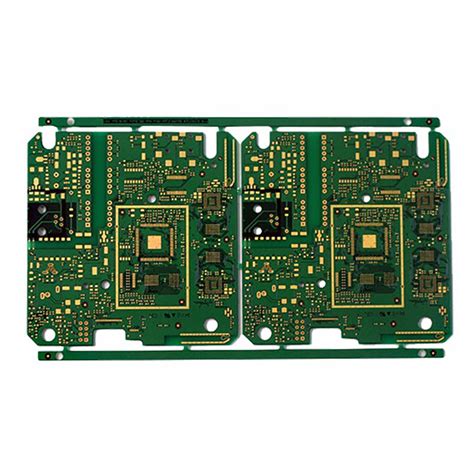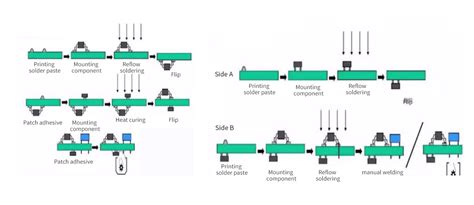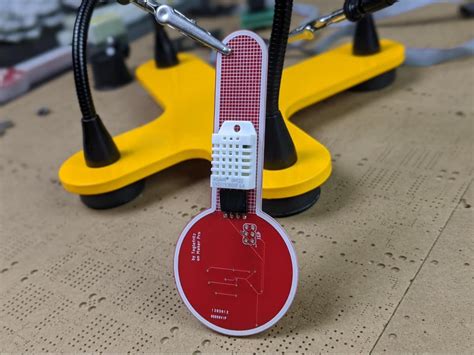The Comprehensive Guide to RT PCB: Design, Manufacturing, and Applications
Introduction to RT PCB
Real-Time Printed Circuit Boards (RT PCBs) represent a specialized category of circuit boards designed to meet the demanding requirements of real-time systems. These PCBs form the physical foundation for electronic devices that must process information and respond within strict time constraints, typically found in industrial automation, automotive systems, medical equipment, and aerospace applications.
The term “RT PCB” encompasses both the hardware capable of supporting real-time operations and the design methodologies that ensure predictable timing behavior. Unlike conventional PCBs where absolute timing may be less critical, RT PCBs must guarantee that signals propagate and components respond within precisely defined time windows to maintain system integrity.
Fundamental Characteristics of RT PCBs
Timing-Critical Design
The primary distinguishing feature of RT PCBs is their focus on deterministic timing behavior. Every aspect of the board’s design—from component selection to trace routing—must consider the temporal implications:
- Propagation Delays: Careful calculation of signal travel times through traces and vias
- Clock Distribution: Precise management of clock signals to minimize skew
- Signal Integrity: Maintenance of clean waveforms to prevent timing uncertainties
Robust Power Delivery
Real-time systems often cannot tolerate voltage fluctuations that might cause timing variations or resets:
- Low-impedance power distribution networks
- Strategic placement of decoupling capacitors
- Careful management of power plane segmentation
- Consideration of transient response characteristics
Thermal Management
Temperature variations can affect component timing characteristics:
- Thermal relief design for consistent operation across temperature ranges
- Consideration of thermal expansion effects on high-speed signals
- Proper heat dissipation for timing-critical components

Design Considerations for RT PCBs
Layer Stackup Configuration
The layer stackup of an RT PCB significantly impacts its real-time performance:
- Signal Layer Arrangement: Typically uses stripline configurations for critical signals
- Power Plane Strategy: Multiple dedicated power planes for different voltage domains
- Impedance Control: Careful dielectric selection and thickness control
Component Placement Philosophy
Strategic component placement affects both electrical and thermal performance:
- Grouping related functional blocks to minimize interconnect delays
- Careful positioning of clock generation and distribution components
- Consideration of high-speed signal paths during initial placement
Routing Methodologies
Specialized routing techniques ensure timing integrity:
- Length Matching: Critical for parallel buses and differential pairs
- Topology Selection: Appropriate routing patterns (star, daisy-chain) for clock distribution
- Via Management: Minimizing via count on timing-critical paths
Signal Integrity in RT PCBs
Transmission Line Effects
At the frequencies common in real-time systems, PCB traces behave as transmission lines:
- Proper termination techniques (series, parallel, AC)
- Calculation of characteristic impedance
- Management of reflections and ringing
Crosstalk Mitigation
Aggressive spacing rules and shielding techniques:
- 3W rule for parallel traces
- Guard traces for sensitive signals
- Strategic use of ground planes as shields
EMI/EMC Considerations
Real-time systems often operate in noisy environments:
- Proper filtering at I/O boundaries
- Careful management of return paths
- Shielding strategies for sensitive circuits
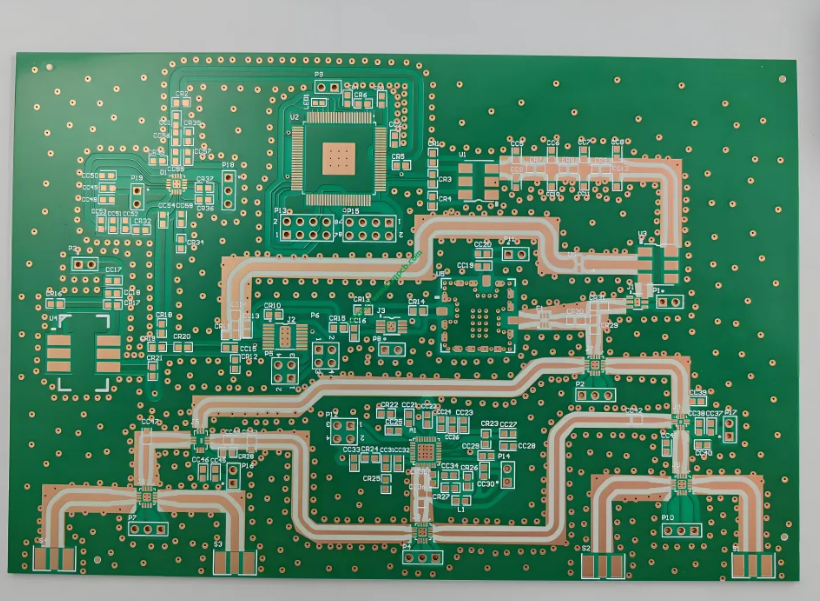
Manufacturing Considerations for RT PCBs
Material Selection
The choice of PCB material affects both electrical and mechanical performance:
- High-frequency laminates (Rogers, Isola) for demanding applications
- Low-loss dielectrics for high-speed signals
- Materials with stable characteristics over temperature
Fabrication Tolerances
Tighter tolerances are often required for RT PCBs:
- Controlled impedance with ±5% or better tolerance
- Tight etch control for fine features
- Precise dielectric thickness control
Quality Assurance
Enhanced testing protocols ensure reliability:
- Automated optical inspection (AOI) for manufacturing defects
- Flying probe testing for electrical verification
- Time-domain reflectometry (TDR) for impedance verification
Testing and Validation of RT PCBs
Signal Quality Verification
- Eye diagram analysis for high-speed signals
- Jitter measurement for clock distribution networks
- Power integrity analysis
Timing Verification
- Propagation delay measurements
- Setup and hold time verification
- Clock skew measurements
Environmental Testing
- Thermal cycling tests
- Vibration and mechanical stress tests
- Humidity exposure tests
Applications of RT PCBs
Industrial Automation
- Programmable Logic Controllers (PLCs)
- Motor control systems
- Robotics controllers
Automotive Systems
- Engine control units
- Advanced driver assistance systems (ADAS)
- In-vehicle networking
Medical Devices
- Patient monitoring equipment
- Medical imaging systems
- Surgical robotics
Aerospace and Defense
- Avionics systems
- Radar signal processing
- Flight control systems
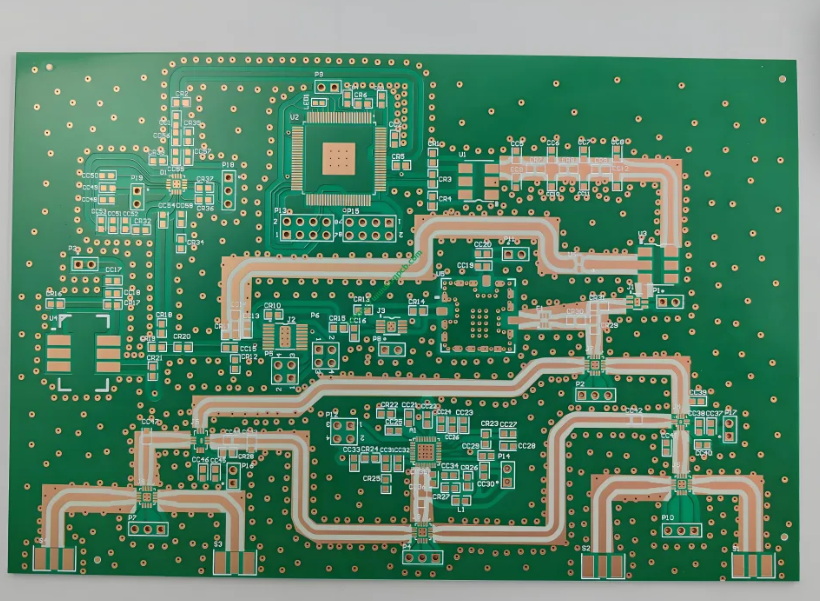
Future Trends in RT PCB Technology
Advanced Materials
- Ultra-low loss dielectrics
- Embedded passive components
- Flexible hybrid electronics
3D Integration
- Advanced packaging techniques
- Silicon interposers
- Through-silicon vias (TSVs)
Design Automation
- AI-assisted routing
- Predictive signal integrity analysis
- Automated design rule generation
Conclusion
RT PCBs represent the intersection of precision engineering and cutting-edge electronics technology. As real-time systems continue to proliferate across industries, the demands on PCB designers and manufacturers will only intensify. Success in this field requires a holistic understanding of materials science, electromagnetic theory, thermal dynamics, and manufacturing processes—all applied with the singular focus of achieving deterministic, reliable performance under stringent timing constraints.
The future of RT PCBs lies in smarter design tools, more sophisticated materials, and tighter integration between chip, package, and board. Engineers who master these complexities will be at the forefront of developing the next generation of real-time systems that push the boundaries of what’s possible in electronic control and signal processing.

